shutter stock
Surviving in the wild is not easy. Animals have developed some truly incredible tricks to thrive in their environments. Nature has given these creatures unique tools to overcome everyday challenges. These extraordinary survival strategies often seem like something out of a science fiction novel, but they are very real and essential to keeping animals alive. Their innovative adaptations allow them to overcome the harshest conditions and continue to thrive in their natural habitat.
squid camouflage
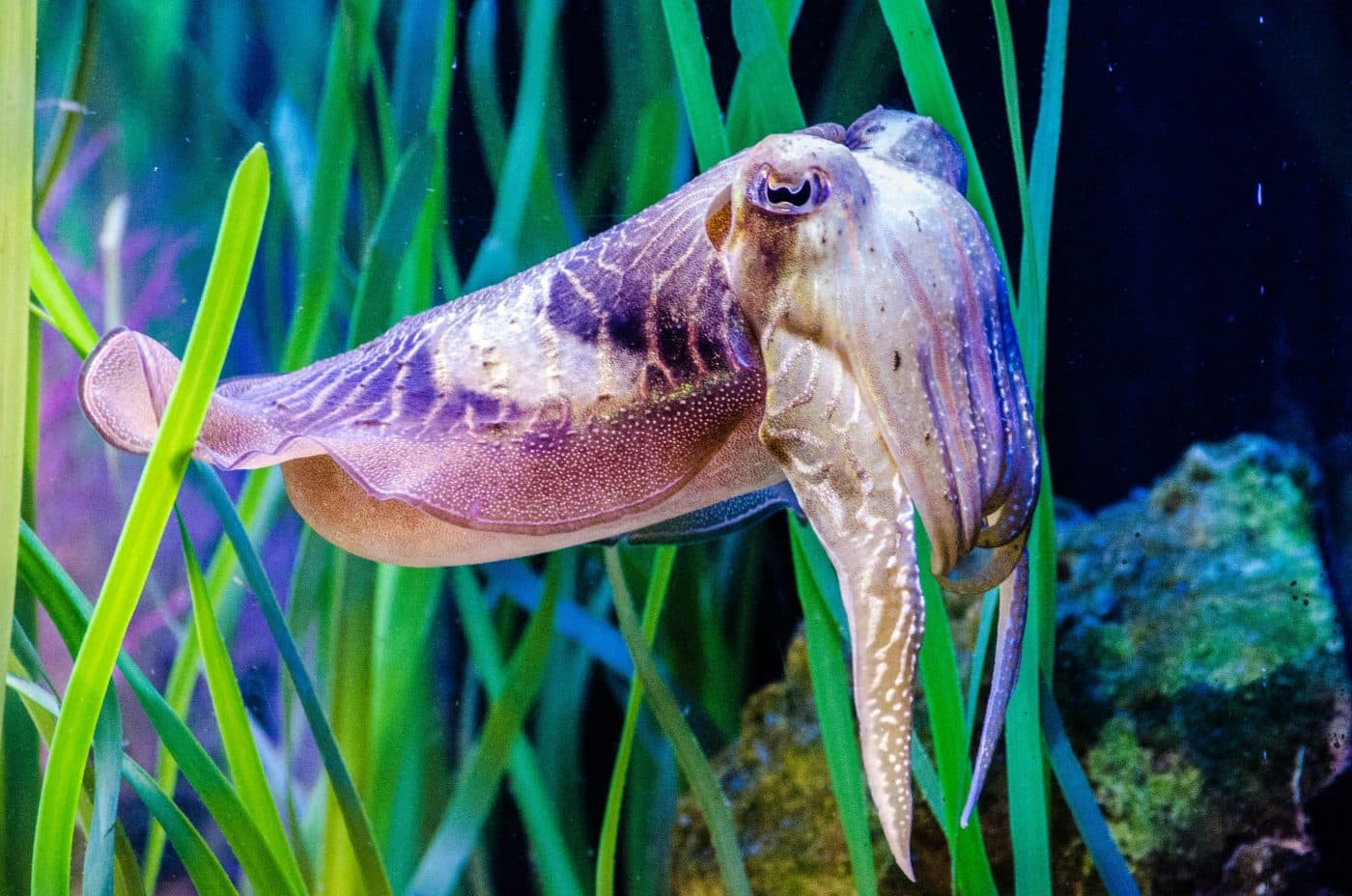 shutter stock
shutter stock
Cuttlefish are masters of disguise, able to change both their color and texture to blend in with their environment. Its skin is covered with specialized cells called chromatophores and iridophores, which allow it to mimic the appearance of rocks, corals, and even sand. This camouflage helps the squid avoid predators and sneak up on prey. In a world full of threats, a squid’s ability to instantly adapt its appearance is critical to its survival.
Pistol Shrimp Sonic Blast
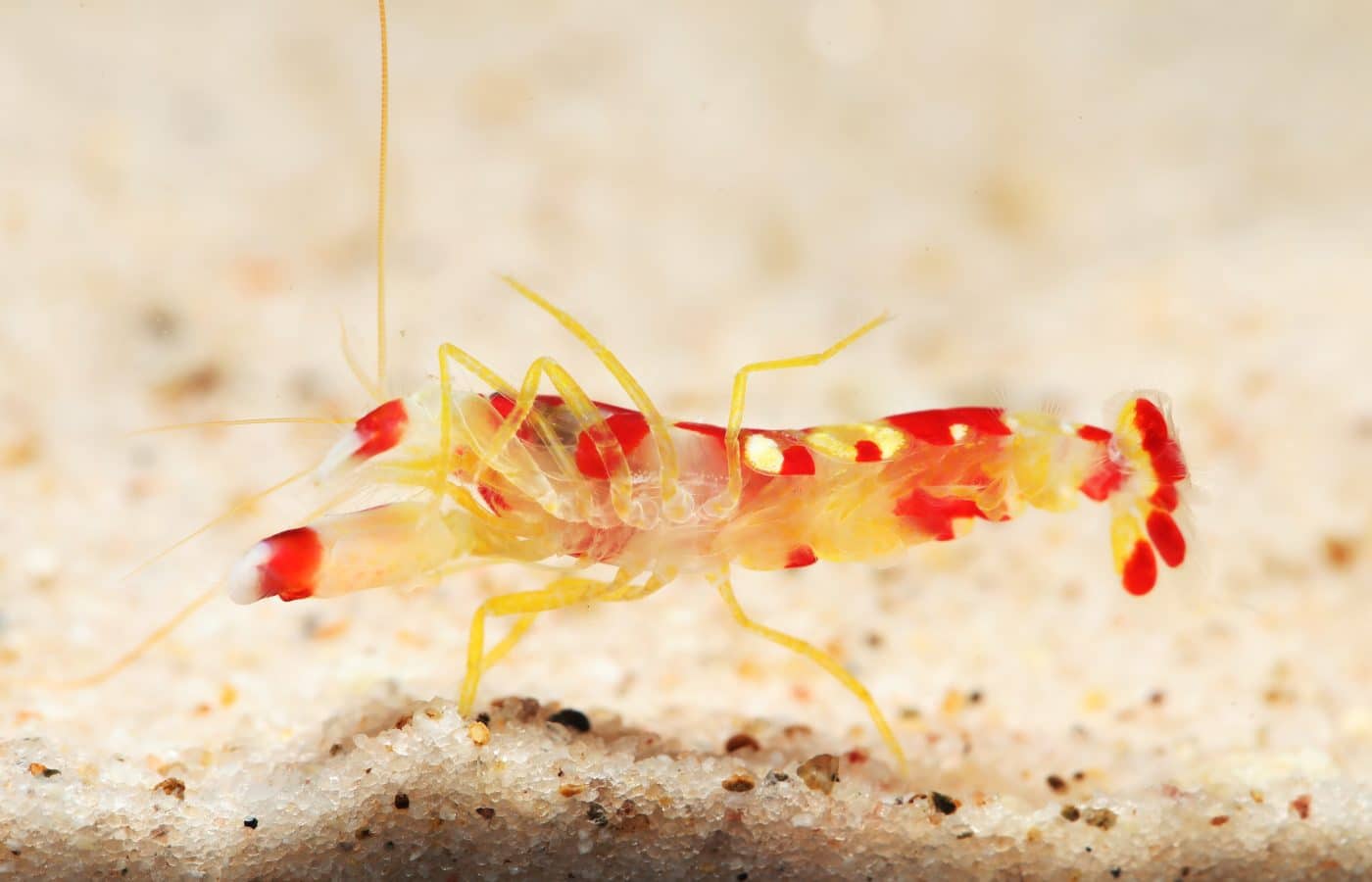 shutter stock
shutter stock
Pistol shrimp use claws that can snap shut at incredible speeds, creating a sonic blast strong enough to stun prey. This powerful blow creates a shockwave that reaches more than 200 decibels, louder than a jet engine. Shrimp use this attack to hunt and protect themselves from larger predators. In a world where many animals rely on physical strength, pistol shrimp rely on the power of sound to gain an edge.
Arctic fox winter survival gear
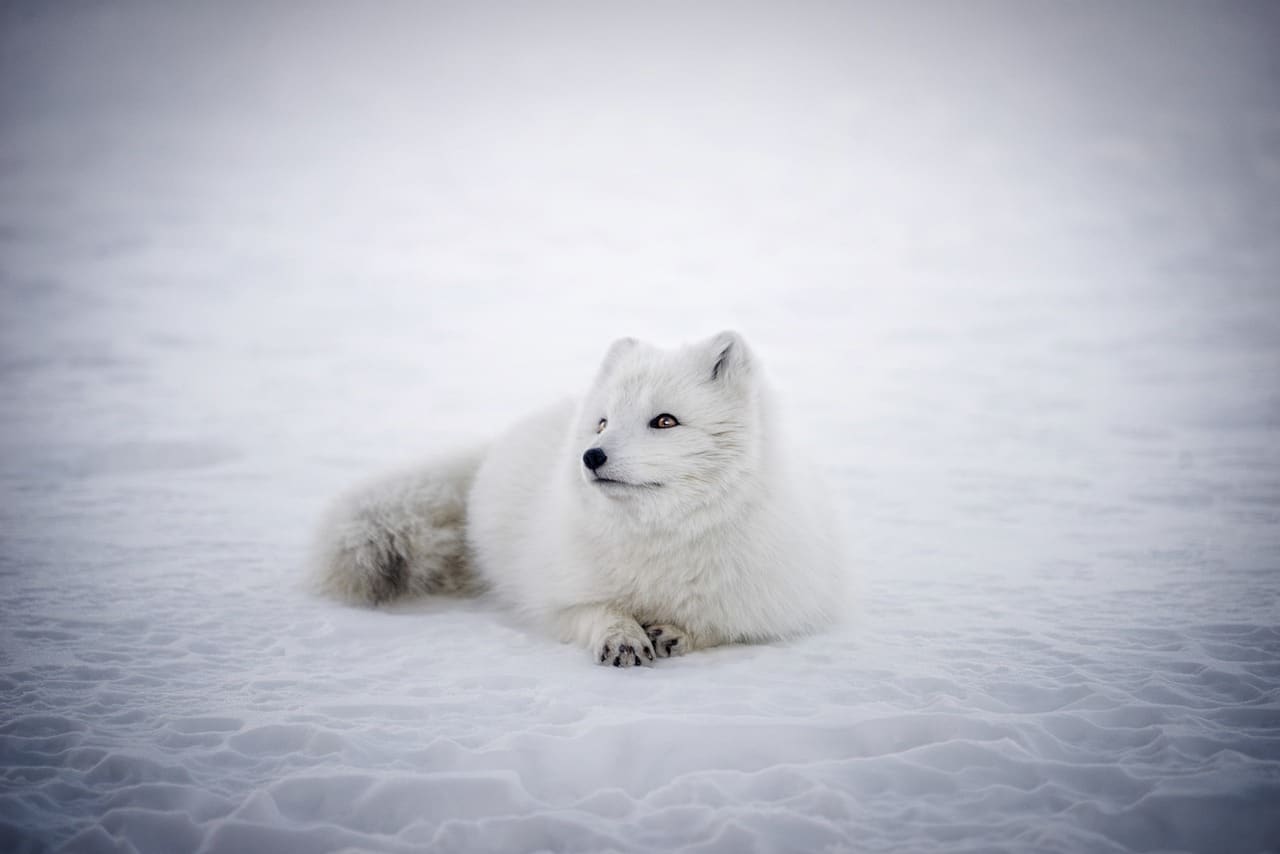 shutter stock
shutter stock
Arctic foxes thrive in the harshest environments, using amazing adaptations to survive even in sub-zero temperatures. During the winter, their fur turns white to blend in with the snow and protect them from predators. Their thick, insulating coat allows them to stay warm in temperatures as low as -50°C, and they use their bushy tails for extra warmth. In a land where there is a constant struggle for survival, arctic foxes are true survivors because they are equipped for winter.
The spectacular migration of monarch butterflies
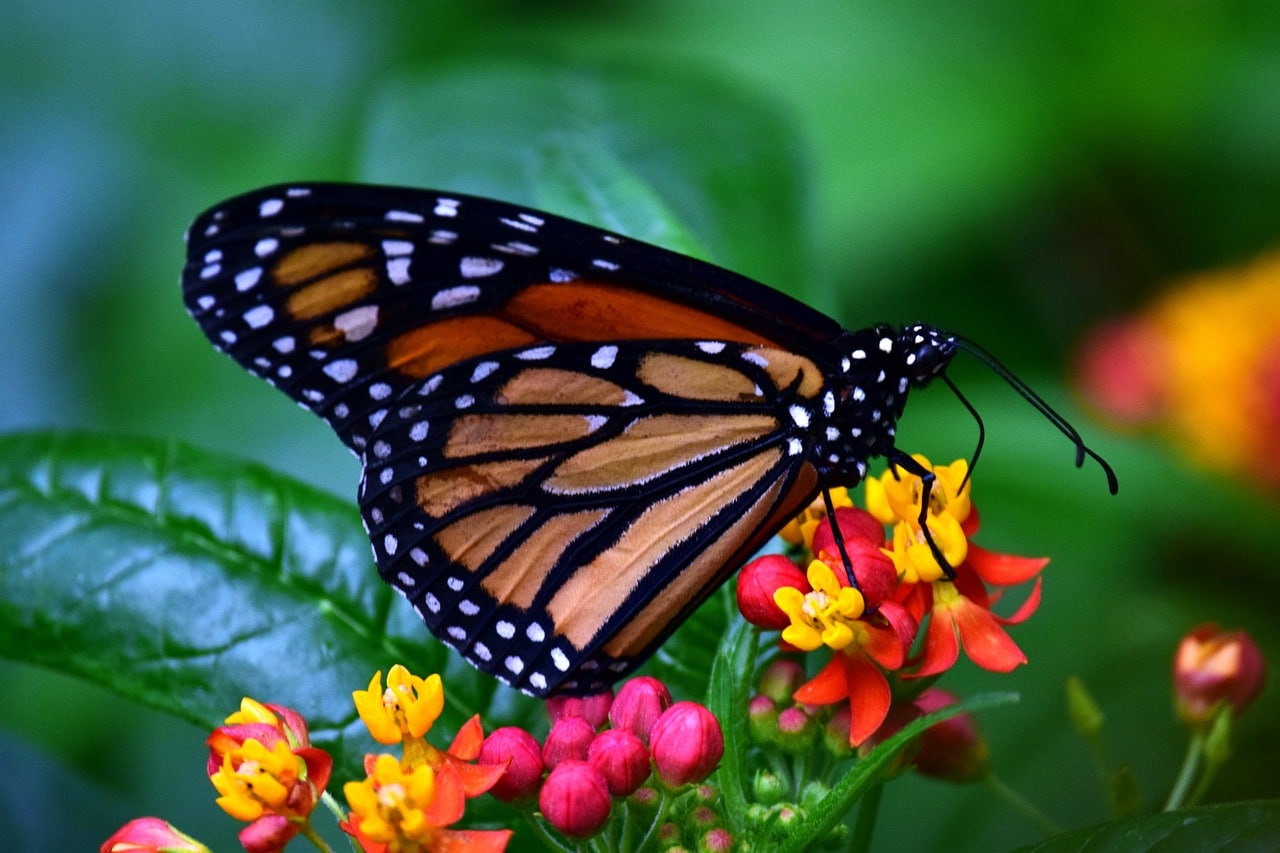 shutter stock
shutter stock
Every year, millions of monarch butterflies embark on the 3,000-mile migration from North America to Mexico, doing so with incredible precision. They base their journey on a combination of the sun’s position and Earth’s magnetic field. Along the way, they eat milkweed plants to fuel their long journeys. This migration, which takes place over multiple generations, is one of the most extraordinary feats of navigation in the animal kingdom.
gecko sticky feet
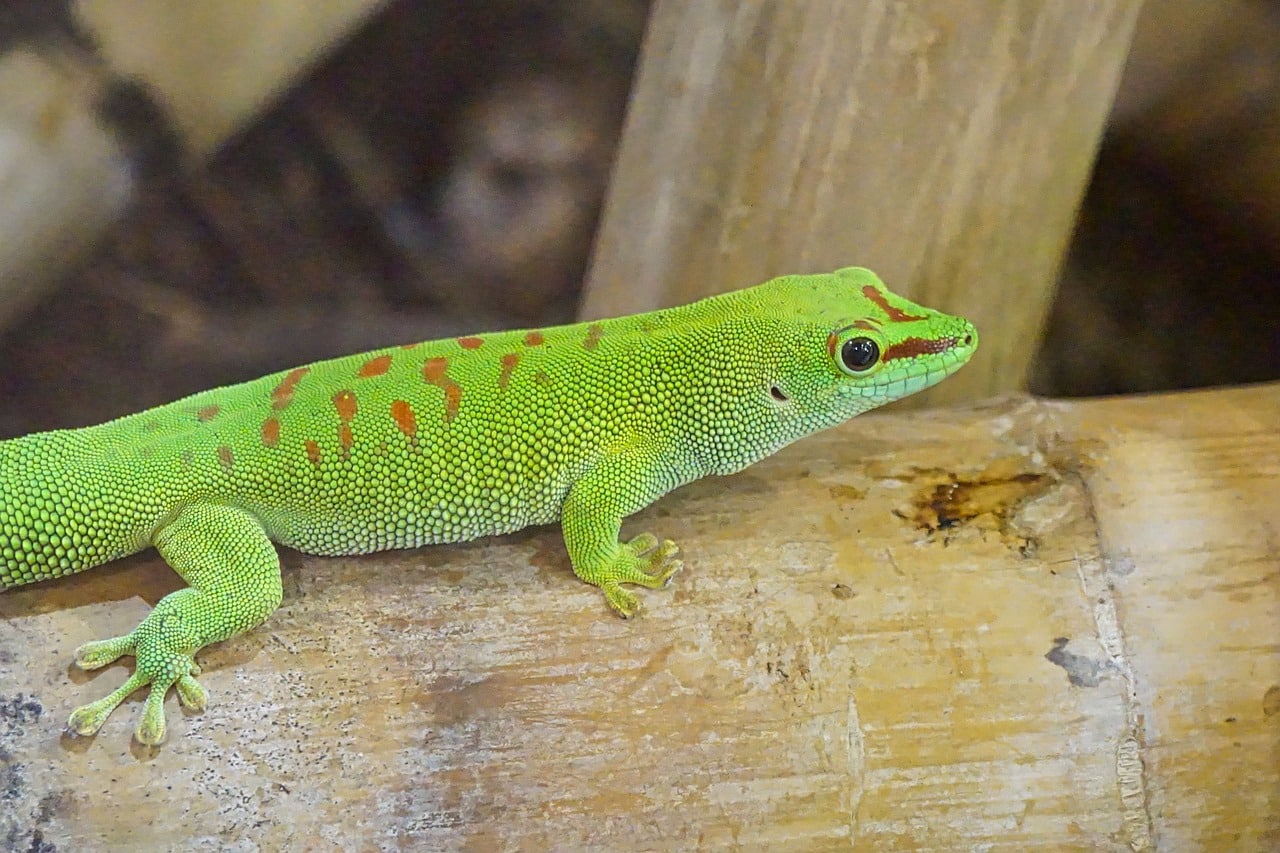 shutter stock
shutter stock
Geckos are known for their ability to easily climb smooth surfaces thanks to specialized foot pads covered with microscopic structures. These structures are called setae and allow the gecko to attach itself to walls and ceilings using van der Waals forces. This ability gives geckos unparalleled mobility in their environment, whether hunting insects or avoiding predators. By harnessing the power of molecular forces, geckos can scale almost any surface, making them one of the most agile creatures on Earth.
Long-distance sailing of sea turtles
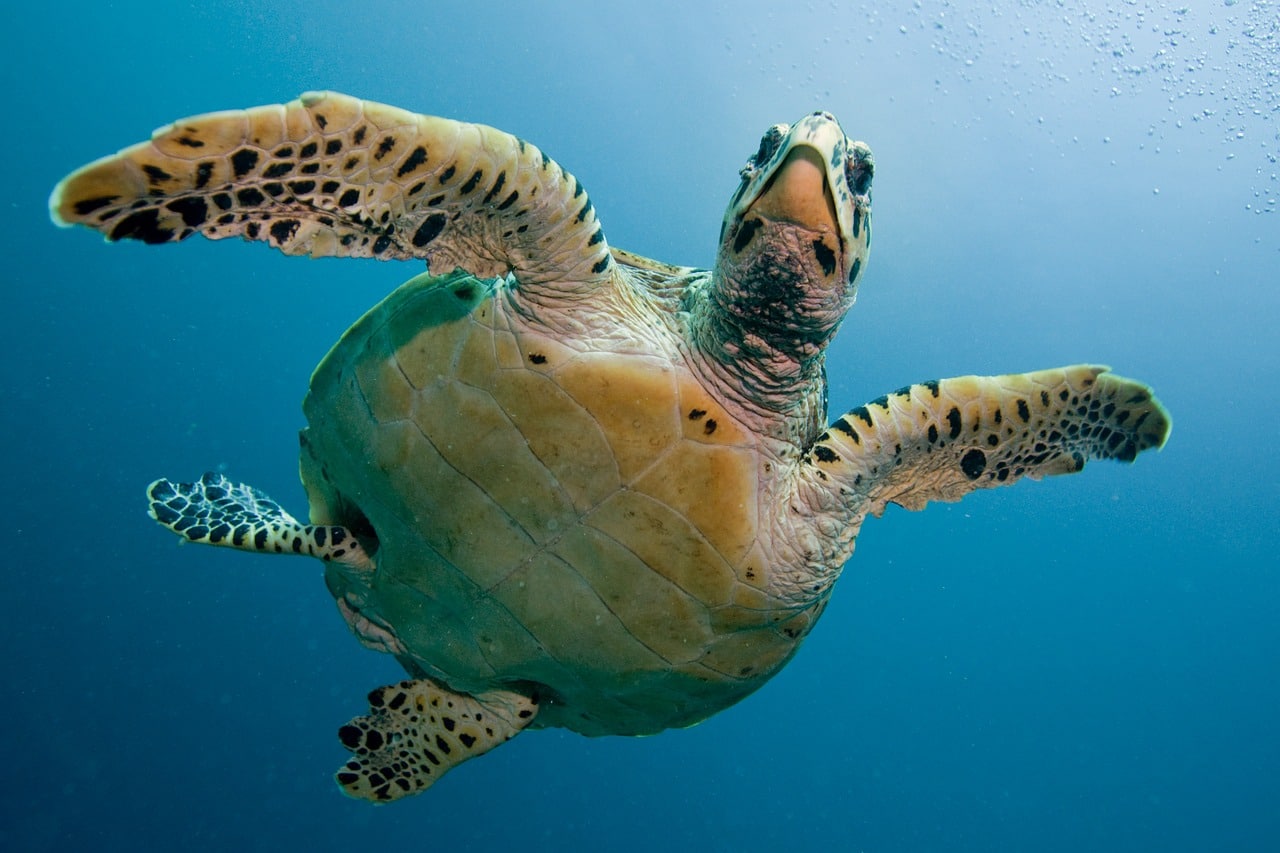 shutter stock
shutter stock
Sea turtles are known to travel thousands of miles across the open ocean, often returning to the same coast where they were born. They use the Earth’s magnetic field, the position of the sun, and even the stars to guide their path. Sea turtles have an innate sense of direction that allows them to find nesting sites after years of traveling the ocean. Their incredible navigational skills make them some of the animal kingdom’s most impressive long-distance travelers.
chameleon color change
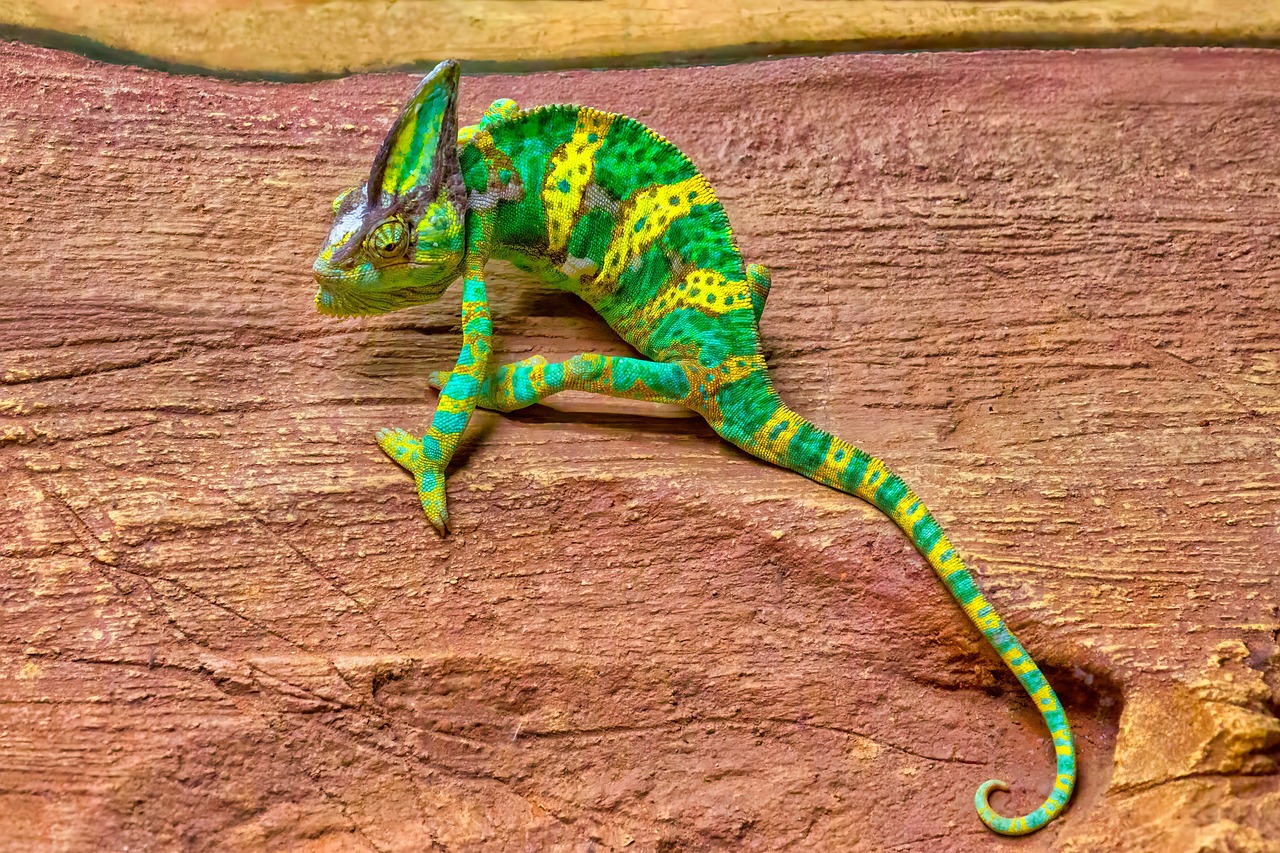 shutter stock
shutter stock
Chameleons are famous for their ability to change color, a survival trick used for communication, camouflage, and temperature regulation. They accomplish this by expanding or contracting special cells in the skin known as chromatophores, which contain different pigments. This ability to change color helps chameleons hide from predators and express emotions during interactions with other chameleons. Their unique characteristics have evolved as an important part of their survival strategy, giving them tools to adapt to different situations.
Opossum plays dead to survive
 shutter stock
shutter stock
Opossums have perfected the art of playing dead. This is a strategy that helps them avoid falling prey to predators. When threatened, opossums will collapse, smell bad, and appear dead or rotting, making them less attractive to potential predators. This trick often tricks animals like dogs and coyotes into losing interest and moving on. By playing dead, opossums buy valuable time to escape danger and continue to survive.
Beavers build protective dams
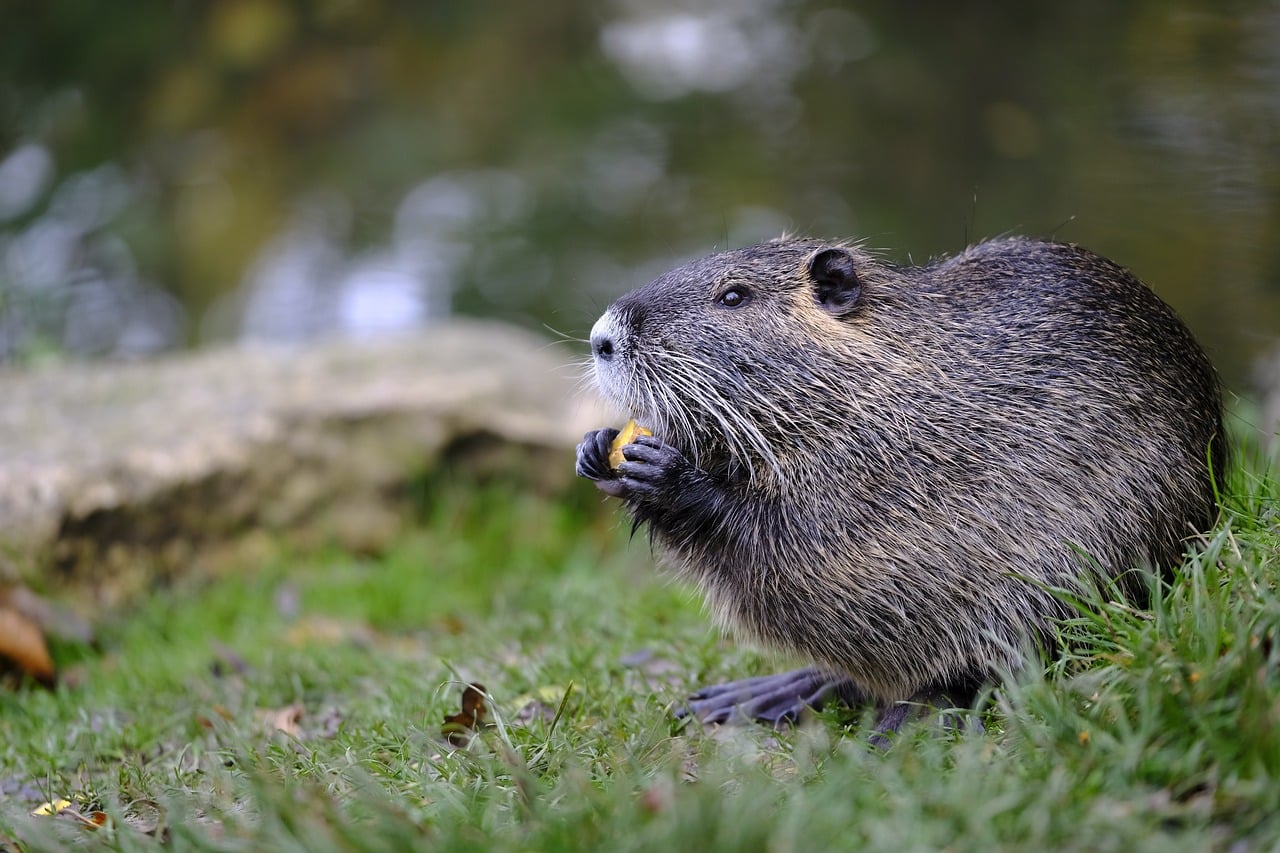 shutter stock
shutter stock
Beavers are known for their great construction skills, building large dams and lodges to provide shelter and protection from predators. By cutting down trees and blocking streams, beavers create an environment that protects them from land-based predators such as wolves and bears. Dams also regulate water levels, creating a safe habitat for beavers to store food and raise their young. These remarkable structures allow beavers to survive in harsh environments, using their building techniques to ensure both food and safety.
Cheetah masters quick reflexes
 shutter stock
shutter stock
Cheetahs are the fastest land animals, reaching speeds of up to 90 miles per hour to catch prey or flee from danger. Its slender body, long legs, and flexible spine are all adapted for amazing speed and agility during high-speed pursuits. When hunting, cheetahs rely on short bursts of speed to close the distance to their prey. The cheetah’s quick reflexes and speed are essential traits for survival, allowing it to evade predators and secure food efficiently.
Elephants use teamwork to survive
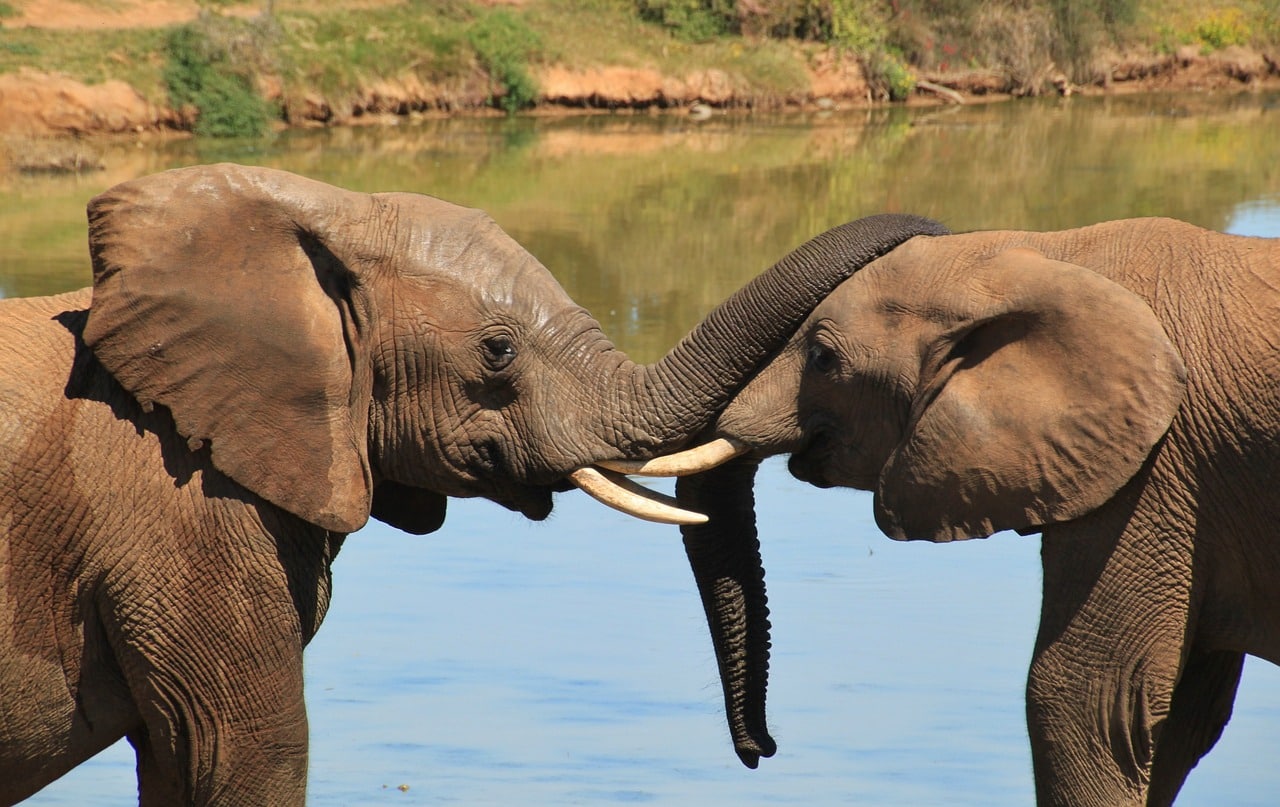 shutter stock
shutter stock
Elephants are social animals that rely on teamwork to ensure the safety and well-being of the herd. In these close-knit groups, older elephants protect younger elephants and everyone works together to find food and water. The matriarch is usually the oldest female and leads the herd and makes important decisions that affect the survival of the herd. This cooperative behavior strengthens the flock’s ability to survive in the wild by providing mutual protection and support.
Squirrel looking for food to survive winter
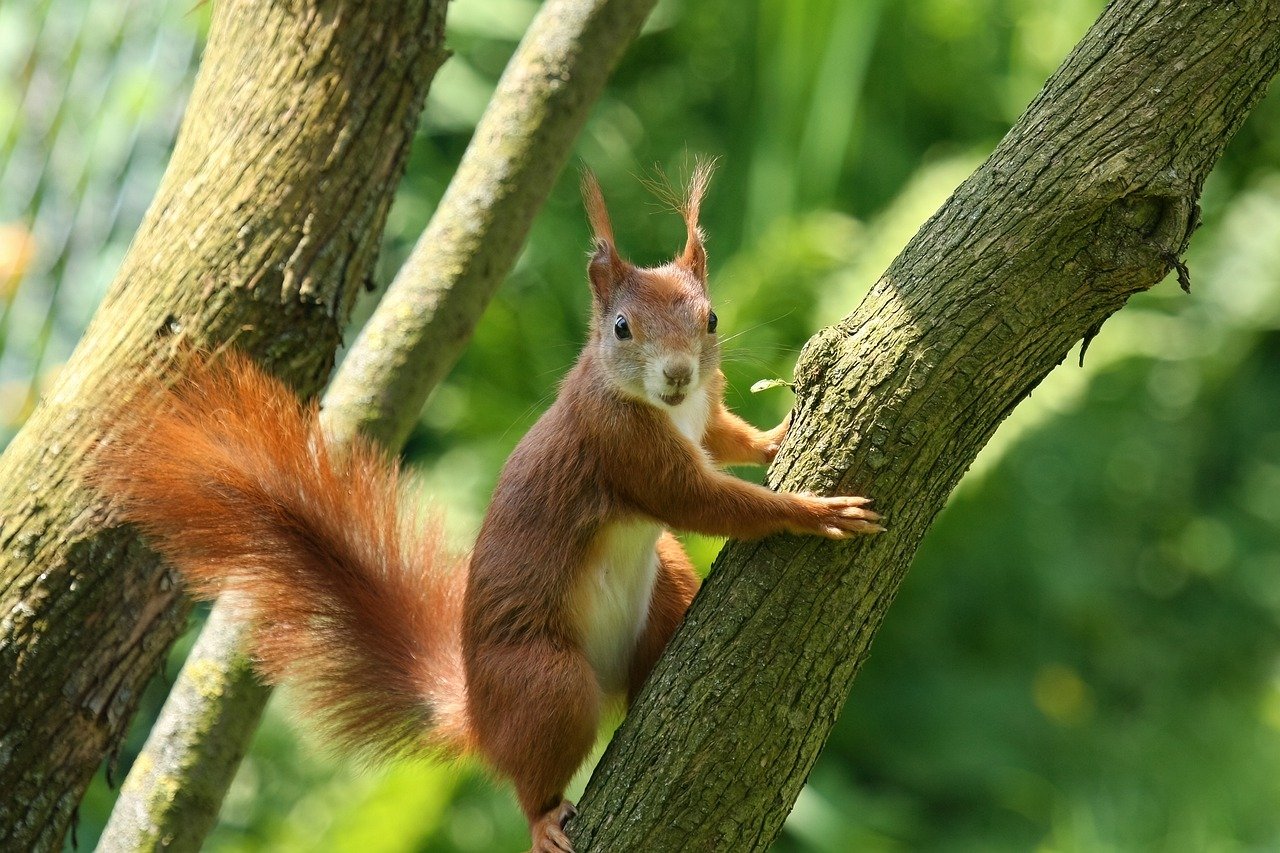 shutter stock
shutter stock
Squirrels are good at collecting and preserving food, using their keen sense of smell and memory to hide nuts and seeds for later use. Squirrels hide food in various places to ensure a reliable supply during the cold months when food is scarce. Squirrels secure resources to survive the winter by hiding food in trees or burying it underground. This foraging strategy is essential to the squirrel’s survival, especially in areas prone to seasonal food shortages.
Suricata takes precautions to protect the group.
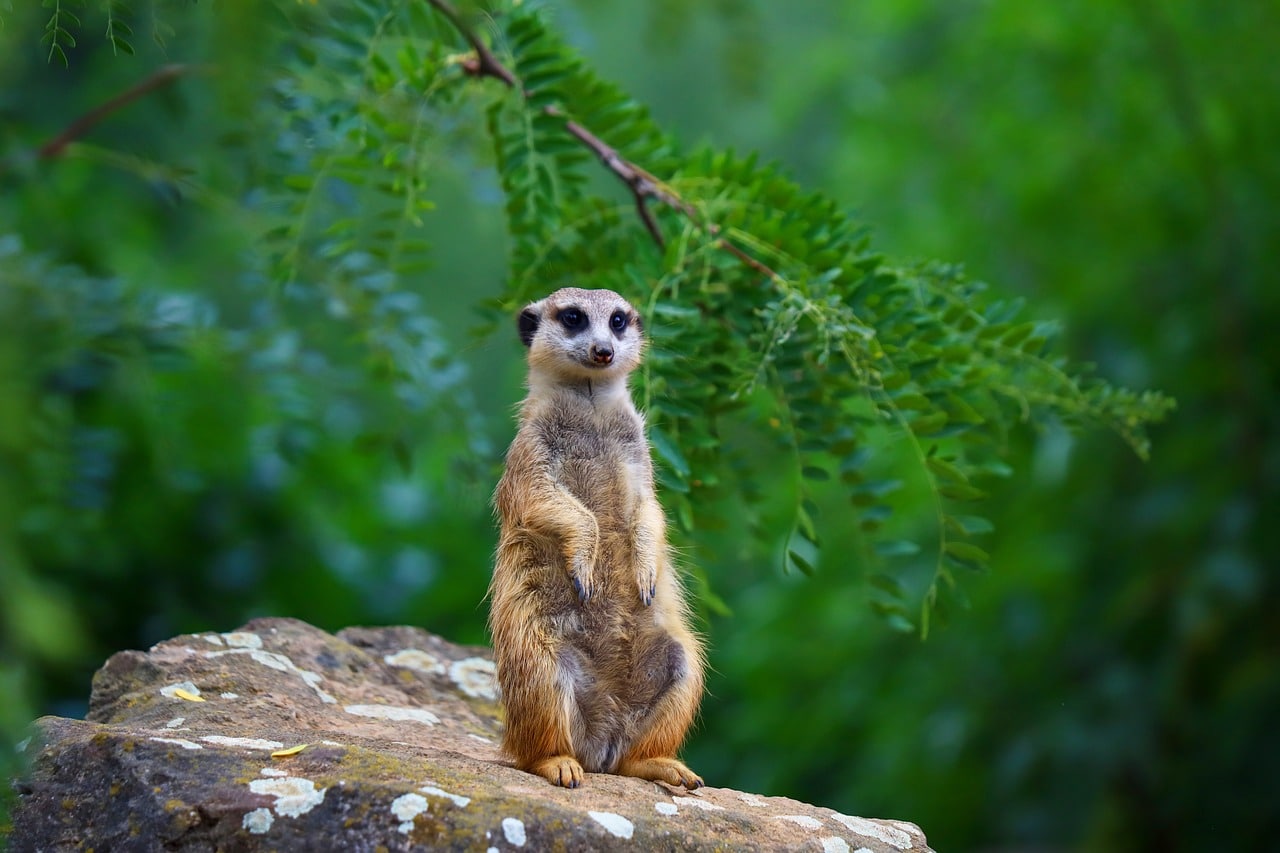 shutter stock
shutter stock
Surikata, or meerkats, are small mammals that rely on teamwork and vigilance to thrive in Africa’s harsh deserts. While most of the herd forages, one or more meerkats take turns keeping watch for predators such as eagles and jackals. The sentinel meerkat uses a unique alarm call to alert the group when danger approaches. This cooperative behavior ensures the survival of the entire group, as it allows everyone to respond quickly to threats and maximizes the chances of avoiding danger.
Earth Survival Classroom
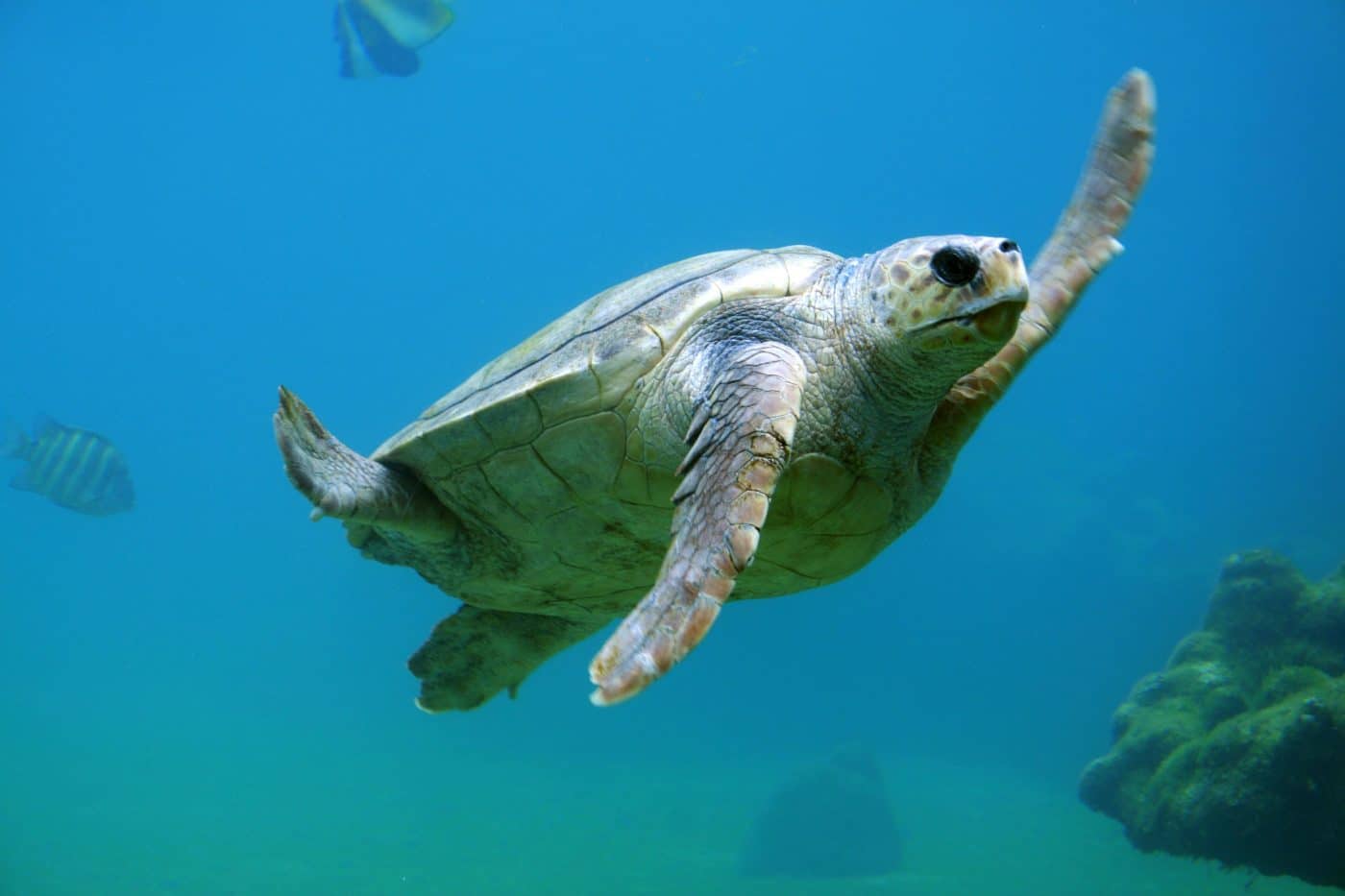 shutter stock
shutter stock
Animals on Earth have developed some of the most amazing and unexpected survival strategies imaginable. These creatures demonstrate the amazing creativity of evolution, adapting in ways that seem almost otherworldly. Each survival trick reflects nature’s ingenuity and allows them to thrive in even the harshest environments. Their extraordinary abilities prove that survival often depends on unique and innovative solutions. These remarkable animals are living proof that nature always finds creative ways to ensure the survival of life, no matter how extreme or unpredictable the challenges faced.




